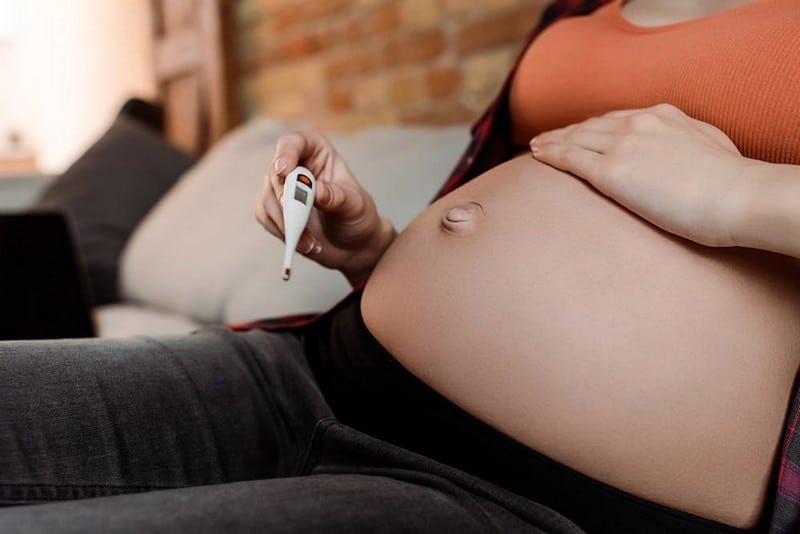Implantation Dip

A drop in basal body temperature that happens on a single day within the implantation window is known as an implantation dip (between 6 and 12 days after ovulation). If a woman uses the temperature method to follow her menstrual cycle, she will observe that her temperature will remain raised during pregnancy.
It’s commonly believed that the implantation process produces a momentary temperature drop during the luteal phase and hence indicates pregnancy rather than being a warning that the period is approaching.
Although there are no formal studies on implantation drops, Fertility Friend, a fertility tracking app, has analyzed 117,000 cycles to look into this occurrence. According to the data, the so-called implantation drop occurs more frequently in cycles that lead to pregnancy: 23 percent of charts with this pattern led to pregnancy, compared to 11% of charts with this pattern.
Another explanation for the temperature drop is a transient rise in estrogen levels in the middle of the luteal phase, which typically occurs 7–8 days after ovulation. Stronger luteal phase estrogen spikes may be more common in cycles that lead to pregnancy.










